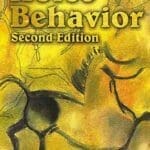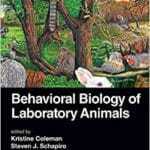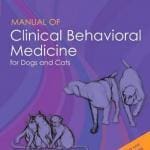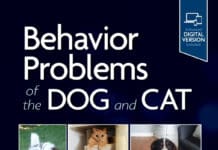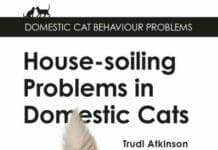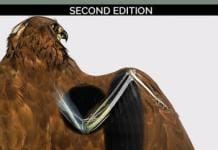Manual of Parrot Behavior
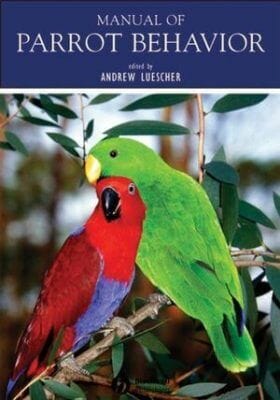
By Andrew Luescher
Manual of Parrot Behavior PDF is a necessary addition to the library of any practitioner or behaviorist who sees avain companion animals. Because of their beauty, intelligence, playfulness and ability in mimicry, parrots are the most widely kept companion birds. It is estimated that more than half of the psittacine cases presented to clinicians are the result of behavioral problems-problems inherent to captivity.
Bringing together a host of international experts on avian behavior, Manual of Parrot Behavior explores the many facets of psittacine behavior, both normal and abnormal. The book not only provides readers with a solid understanding of the basic principles of psittacine behavior but also offers useful techniques of diagnosis and treatment for specific problems.
- Covers both normal and abnormal parrot behavior
- Offers practical techniques on diagnosis and treatment of behavior problems
- Written by a team of international experts on avian behavior
- A necessary addition to the library of any practitioner of behaviorist who sees avian companion animals
Read more: Aromatherapy for Parrots : Using an ancient healing art with today’s companion birds
This Book is For Premium Members Only

